For the past couple of weeks I’ve been attending Spanish School (Escuela de Espanol) in Cuenca and loving it.
Arriving in South America three months ago I knew no Spanish at all, nada. I quickly discovered that if I was going to get by even barely, I had to pick up at least some very basic Spanish. Words like ‘gracias, por favor and buenos dias’ really do go a very long way when you’re a gringa in a country where very little English is spoken. After the first few weeks I found that I picked up basic Spanish quite well. I figured out the structure of sentences in a very simplistic way, remembered words I was using daily and graduated from no Spanish to Spanglish.
It was always my plan to formally learn Spanish while I was here, where and when is what I left up to circumstance, which brings me to now.
Learning Spanish in Ecuador is, I think, one of the best places to do so. The Ecuadorian accent is quite clean compared with Argentina or Peru. There are Spanish schools everywhere throughout Ecuador and the classes are cheap. Here I’m paying USD$9 per hour for four hours a day, and so far the classes have exceeded my expectations.
I’m attending Simon Bolivar Escuela de Espanol. I read online that it’s the best Spanish school in Cuenca and now that I’ve experienced it I completely agree. The school offers students morning or afternoon classes, with most people opting for the morning. My classes start at 8:30am and go until 12:30pm with a 20 minute coffee break in the middle.
The school tries to match students with teachers as best it can and I was extremely fortunate that my professor Martha and I hit it off immediately. She knows exactly the words, grammar and sentence structure that I both want and need to learn, and teaches in a formal but relaxed manner.
Most of the time Martha speaks to me in Spanish, using English only when necessary. This has helped me immensely as the main issue I had with Spanish was not understanding when others spoke to me.
The people here speak quickly. Over the past few months I’ve often had shop keepers, waiters or hostel staff speak to me and I respond with a completely blank look as all I heard was, ‘Something, something, something, si?’ But having now done formal lessons, I understand the words being spoken. Martha speaks slowly and clearly, and I was pleasantly surprised to find myself understanding 90% of what she said within the first couple of days.
My first week of Spanish classes however was intense. Sitting in a classroom one-on-one with a teacher learning verbs, adjectives, masculine and feminine, places, common phrases, temporary and permanent was challenging. I chose to do a class package with four hours of classroom lessons in the morning, and then two hours of outside classes in the afternoon with another teacher. In the afternoons my professor Dora and I walked around Cuenca visiting markets, churches and even the flight office so I could book a plane ticket to Galapagos. These afternoon lessons used real-life language and were a fantastic alternate method of learning.
At the end of each day, I was completely exhausted, but my Spanish has improved immensely. So I’m going to attend classes again next week. I will only be able to do three days and only morning classes as my budget is limited, however after the progress I made last week I’m excited to keep learning.
It definitely helps to be immersed in the language, and practice really is the key. I had hoped to learn Spanish quickly, but discovered it’s not something that will happen in a week. My brain slowly remembers words and phrases that commonly appear in daily conversation. In restaurants I read menus in Spanish only and try to understand the newspaper each day. I use English as little as possible, and if I make a mistake in what I’m saying it doesn’t matter, the people here understand.
I’m enjoying learning Spanish far more than I thought. Coffee breaks at the school allow students to talk and practice newly learned Spanish, with the school also offering free afternoon activities such as cooking classes and salsa lessons for those that would like to join.
This really is a no-pressure way of learning a language. One-on-one classes allow students to set their own pace and I thoroughly recommend learning in this way. I’m also benefiting from mi novio being a native Ecuadorian. I can speak and text message him in Spanish, continuing my learning once the classes are done.
Learning a language isn’t as difficult as I expected it to be, and now I completely understand the immersion technique and most teachers preference for it. So if you’re headed to South America I say definitely study a week or two at Spanish school, you’ll benefit in so many ways.


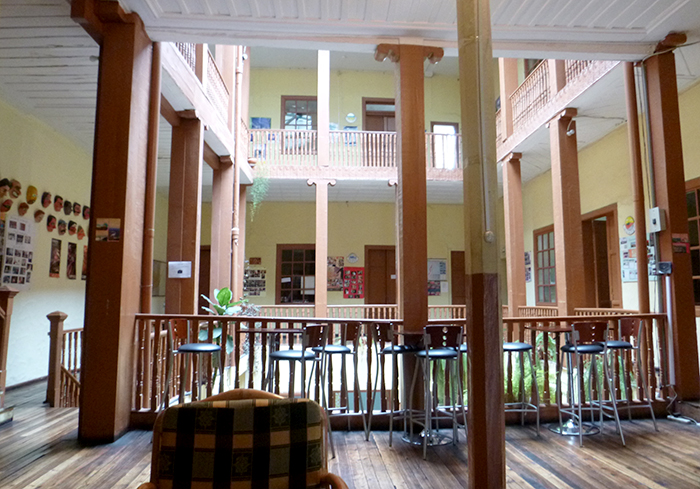
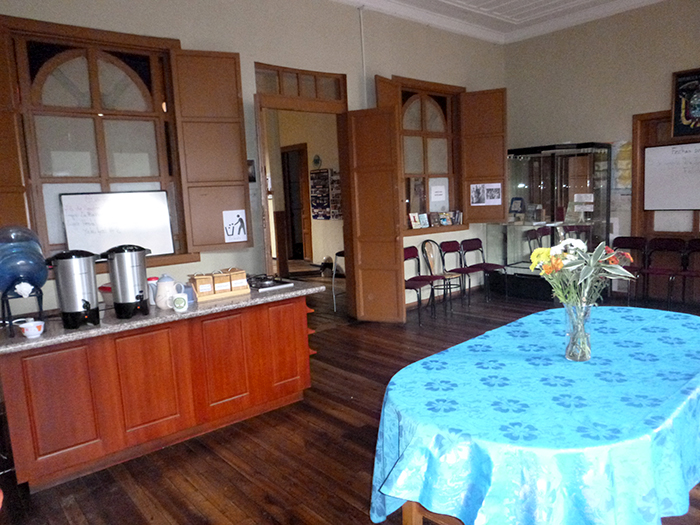
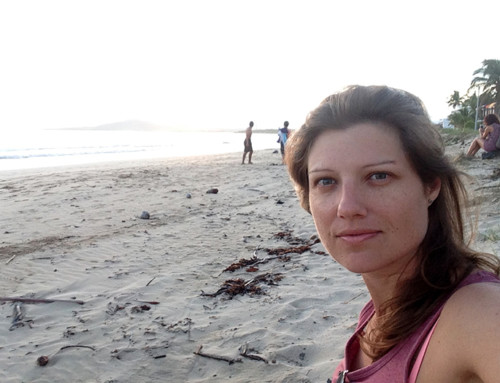
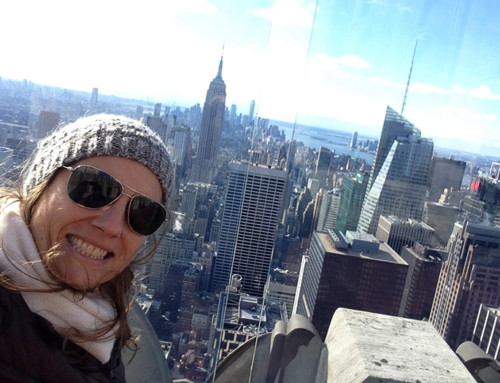
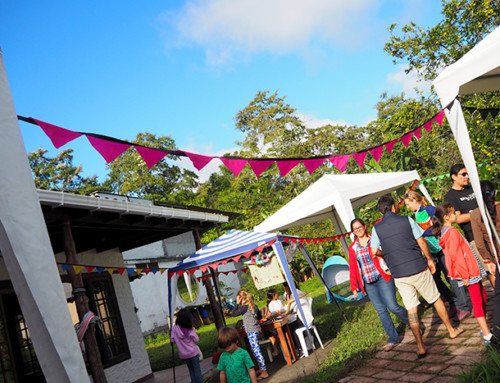
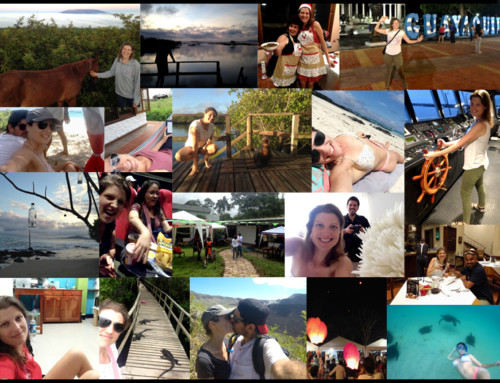
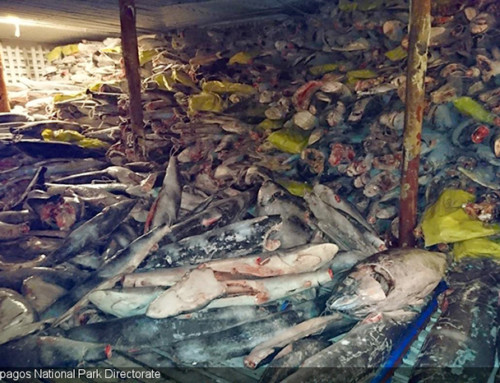
I’ve been hoping to read a post like this one! I’m heading to South America (Colombia, Ecuador, Peru) next month and definitely want to take Spanish lessons. I’ve read about this exact school! $9 an hour is a great deal – so glad to hear you think the quality is up to par. I studied abroad for 5 months in Argentina and man, their Spanish is so difficult to understand.
Awesome Rachel! Yes the Simon Bolivar school was fantastic and in more ways than I wrote in the post. All the teachers knew and remembered my name, they knew how long I was staying, what I was doing, and were very happy to reschedule classes around my needs (I was extending my VISA whilst in Cuenca.) Everyone was incredibly warm, friendly and fun so I hope you get to experience it.